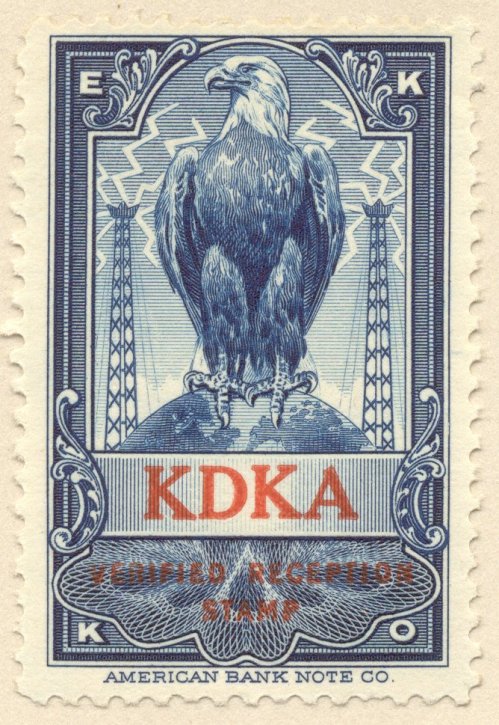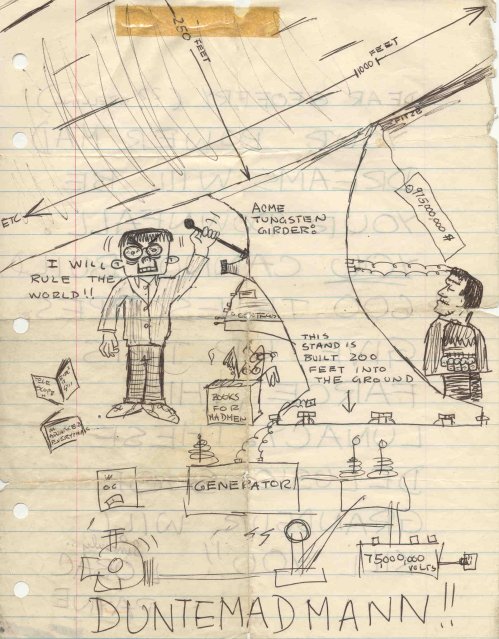We’ve lived in this house since March, 2004, and one night in July 2004 we were startled to hear someone playing Taps at 10:00 PM. The next morning, Mr. Insomnia here heard First Call at 5:55, and then Reveille at 6:00 AM sharp. During the playing of Reveille, a cannon sounded.
This was almost unbelievably cool, and whether our hearing it is an accident of geography is hard to tell. Our house is about one and a half linear miles from the main gate to Fort Carson, one of the largest Army bases in the country, home to about 10,000 military personnel, two handsome maroon-and-yellow Diesel locomotives, a highly regarded golf course, and probably a lot of other things that aren’t talked about in the daily paper. We are up the slopes of Cheyenne Mountain from Fort Carson, and it may be that sound just travels well from the main complex near Gate 1 to our location. (We can look down on the Fort from our back decks, and watch their impressive fireworks displays on the Fourth of July.) There are people living a whole lot closer to Gate 1 than we are, and I’ve often wondered how loud the bugle calls are right across Highway 115 from the Fort. It would be an easy experiment to make–just run down the hill to Danceglen Drive a little before 5–but I confess I’ve never had the presence of mind to try it.
We’ve been hearing the amplified bugle calls and the accompanying cannon ever since then. About a year ago, First Call was pushed up to 6:25, and the cannon sounded with Reveille at 6:30. Alas, some time last week, the cannon ceased to sound, both at 6:30 and at 5:00 PM, after Retreat and during To the Colors. There’s a bugle call at noon, but it isn’t Mess Call and I don’t recognize it from my Boy Scout days. Futhermore, it has never been accompanied by a cannon, so I tend to hear it less often, especially if I’m in the middle of something intense at noon.
I miss the cannon. Carol and I generally get up at 6:30, and the cannon was a convenient goad to stop cuddling and get on with the day’s imperatives. I still listen for Taps at 10 PM, often going out on the back deck to lean on the railing in the dark, and it’s a very spooky thing sometimes, especially when the just-past-full Moon is rising above the Colorado plains to the east. Doubtless someone with an exaggerated sense of personal importance complained, forgetting or not caring that Fort Carson was here decades before anybody lived anywhere near it. I hope they bring it back someday. It’s a useful reminder that somebody’s keeping an eye on things in our difficult world, and that matters a great deal to me.


 We sat in left-to-right rows of one-armed-charlies, and being in the middle, my writing surface was ground-zero for anarchic drawing competitions between the two of them. Fitze would dash something out, and then Ebenstein would add a monster in a corner, or a quick sketch of the Gray Mouser drawing his sword, or caricatures of the other kids in the class. Fitze would then add more monsters, guns, bombs, or bizarre superheroes, with captions like “Suction Man Sings Songs from the Twenties.” There was no particular sense to it, but the drawings were incisive and sometimes hilarious. For no reason I could name, I still have a folder full of papers from high school, running from Spanish quizzes to trigonometry exercises, plus a couple dozen sheets saved from aviation shop, full to the edges of vintage Fitze & Ebenstein.
We sat in left-to-right rows of one-armed-charlies, and being in the middle, my writing surface was ground-zero for anarchic drawing competitions between the two of them. Fitze would dash something out, and then Ebenstein would add a monster in a corner, or a quick sketch of the Gray Mouser drawing his sword, or caricatures of the other kids in the class. Fitze would then add more monsters, guns, bombs, or bizarre superheroes, with captions like “Suction Man Sings Songs from the Twenties.” There was no particular sense to it, but the drawings were incisive and sometimes hilarious. For no reason I could name, I still have a folder full of papers from high school, running from Spanish quizzes to trigonometry exercises, plus a couple dozen sheets saved from aviation shop, full to the edges of vintage Fitze & Ebenstein.









